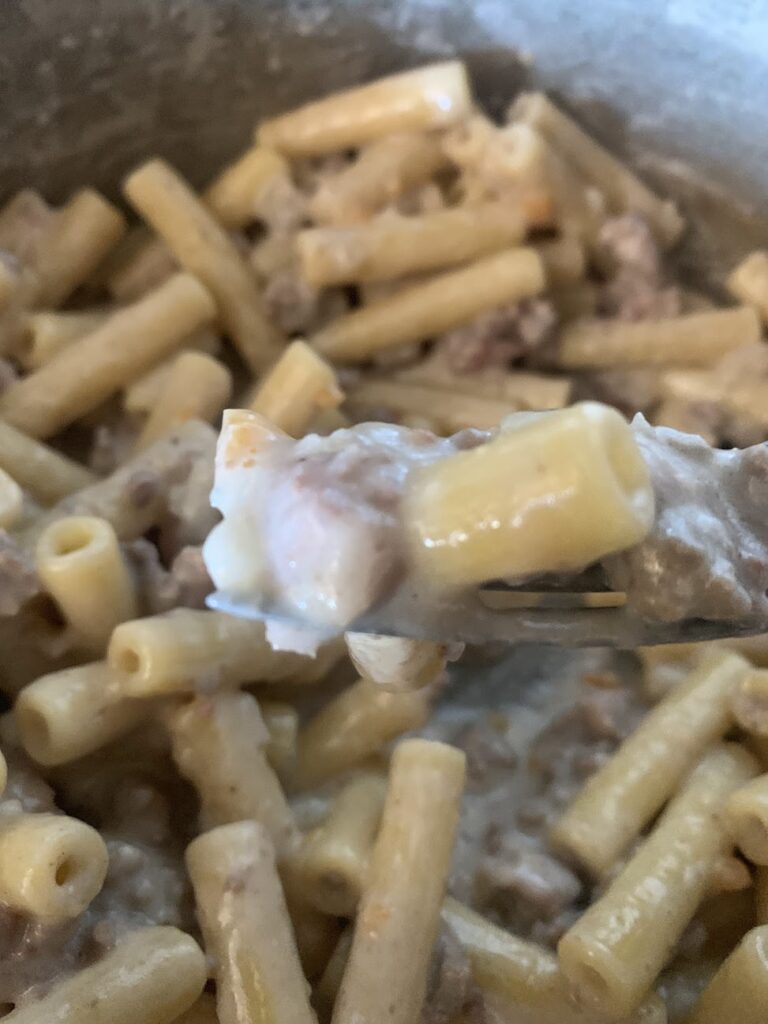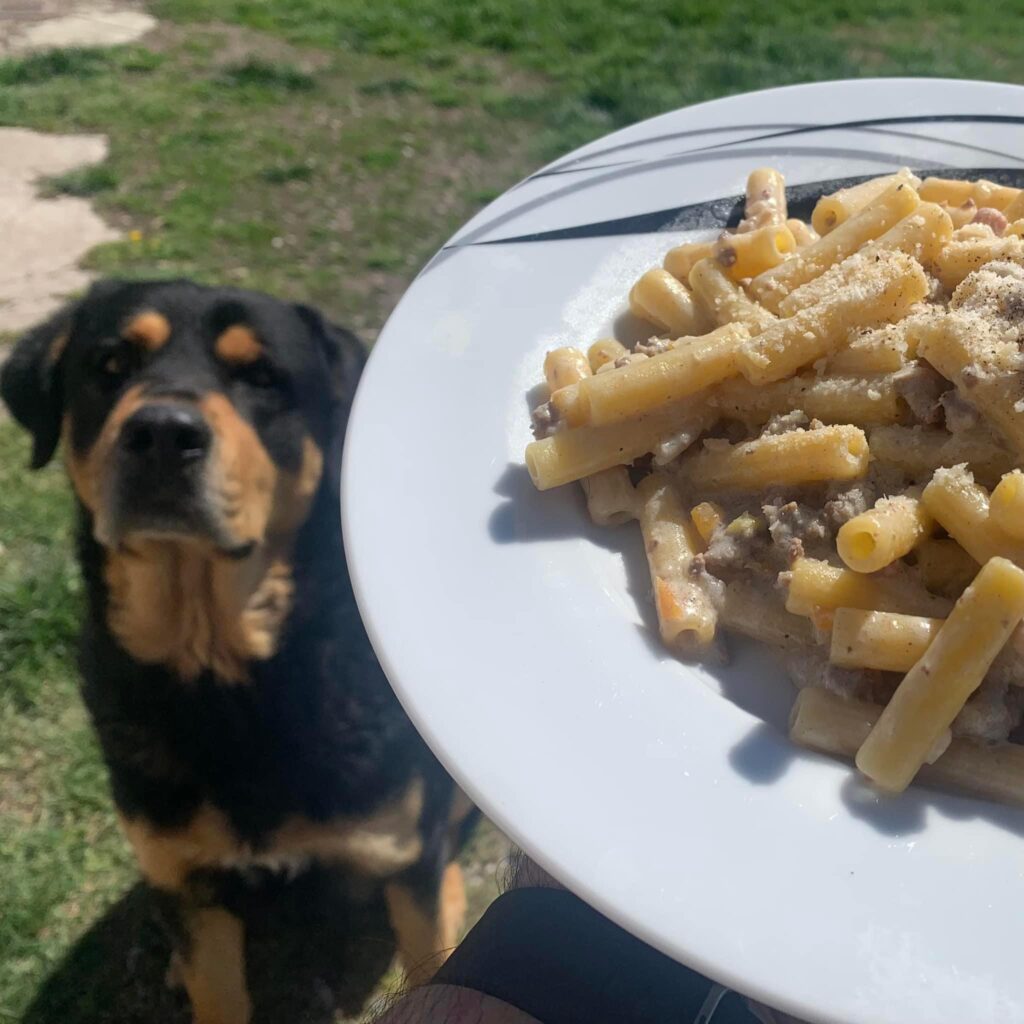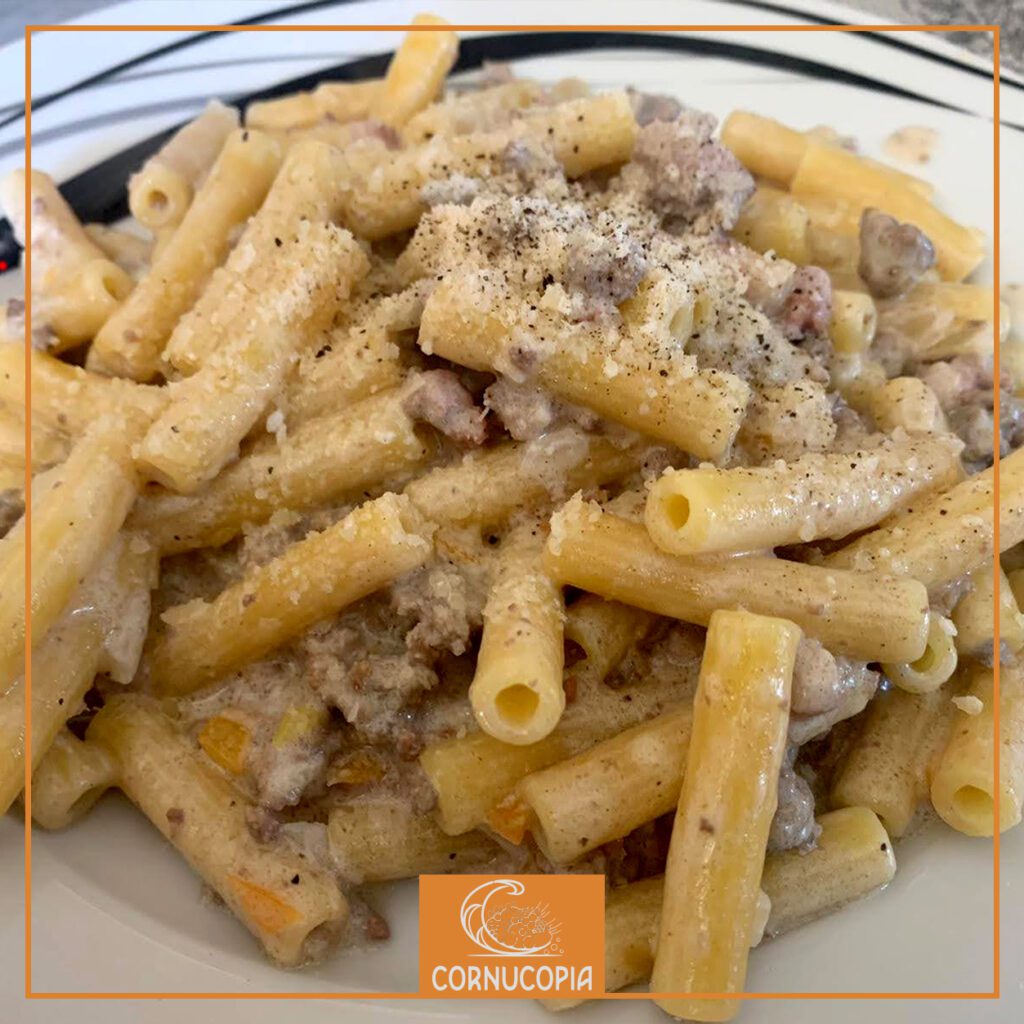For Bianchino and Sibillone
Pellegrino Artusi
Pellegrino Artusi was a wealthy man, born in what would become Romagna in pre-unification Italy in the early 1800s. A man who basically had two lives, split by a violent event that happened on his way out of a theater, not unlike what happened to Batman and his parents, a kind of dark knight of gastronomy in short, with a more disillusioned, sometimes cynical second life, but with a deep sense of ethics and morality.
Artusi was born into a wealthy environment, lacking a thorough education and devoted to the pleasures his station allowed him until he was 30, in the then Church state, at the time when the turmoil of the struggles that followed the chaos of 1848 led to the first of Italy’s three Wars of Independence. In the twilight of the first of these, just before Cavour became prime minister, a young Artusi was walking home after seeing a poem inspired by another battle, a biblical narrative that led to the death of the Canaanite general Sisarah at the hands of a prophetess of Israel. The spiral of violence that the 30-year-old Artusi saw on stage, however, unfortunately, did not end in the theater, as his home was ravaged by brigands, and his sisters were met with a frightening fate.
Pellegrino’s character and life took a profound turn that day. He moved to Florence and very soon retired to a life of study in the then Grand Duchy of Tuscany. The other Wars raged and strong cultural currents brought unthinkable revolutions even in academia (his path often intersected with the chair of Agriculture in Florence). He devoted himself to the arts, literature, as well as gastronomy, with a disillusioned and fiercely anticlerical slant. He never hid his aversion to religion, preferring a more secular and universal view of the great principles of progress and coexistence among peoples. One of these was the conscious fusion of cultures, which saw in food a direct expression of their identities. The vicissitudes he faced in publishing his celebrated collection of recipes and scientific reflections on regional Italian cuisine at the dawn of its founding are many and deserve a separate article, but it is interesting to see how the evolution of the manuscript from less than 500 recipes (475) mostly from Northern Italy ended with a version of almost 800, several editions later, all edited by him. Today we will tell about one of them, which Pellegrino brings back from his experience in Bologna not too far from his birthplace, Macaroni Bolognese (Maccheroni alla Bolognese).

Pellegrino describes his recipes by inserting reflections of a more or less scientific nature. In this case he is not particularly kind to the pasta he met in his Tuscany, where he resided, by the way, until his death. In describing his macaroni, he describes soft wheat pasta as tending to flake. At that time, Strampelli had not yet developed his new varieties; it is presumable that Pellegrino was referring to something like the wheat of plenty, which had been known for centuries (perhaps even since the time of the Roman Empire) and identified by Linnaeus in the late 1700s.
The first striking thing about his macaroni is that it is “in bianco.” Tomatoes had not yet totally entered pasta recipes as we use them today, so it is not surprising that the use of a mixture of lean beef and pork fat, combined with the flour/butter/cream combination is more reminiscent of a lasagna filling than a ragout of today, even if Bolognese.
Even the suggested addition of cream, chicken innards, or truffles is reminiscent of the flavors of a sophisticated baked pasta.
Going to the ingredients I will try to suggest some varieties of Emilia-Romagna’s biodiversity, in conjunction with the Cornucopia idea.
Maccheroni alla Bolognese
- Lean veal (preferably in the tenderloin), Romagnola breed gr. 150.
- Carnesecca (“pancetta tesa e salata”, Mora Romagnola breed), grams 50
- Butter (Bianca Val Padana or Rossa Reggiana), grams 40
- A quarter of a common onion.
- One half carrot.
- Two palm-long ribs of white celery, or the smell of green celery.
- A pinch of flour, but very little (some variety from the Apennines, Mentana for example).
- A small pot of broth.
- Very little salt or point, on account of the carnesecca and broth being flavorful.
- Pepper and, for those who like it, the smell of nutmeg.
Cut the meat into small dice, finely chop with the lunette the carnesecca, onion and herbs, then put everything on the fire together, including the butter, and when the meat has taken on color add the pinch of flour, basting with the broth until cooked through.
Drain the macaroni well from the water and season it with Parmesan cheese and this gravy, which can also be made more grateful either with bits of dried mushrooms or with a few slices of truffles, or with a liver cooked between the meat and cut into small pieces; add, finally, when the gravy is made, if you want to make them even more delicate, half a glass of cream; in any case, it is good that the macaroni come to the table not secco arrabbiato, but diguazzanti in a little sauce.
Pellegrino Artusi, “Science in the kitchen and the art of fine dining”


